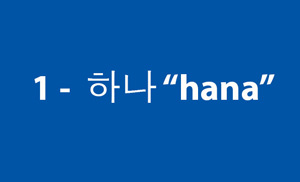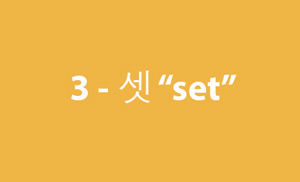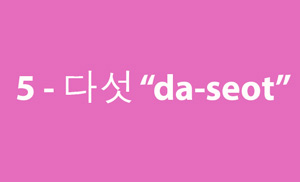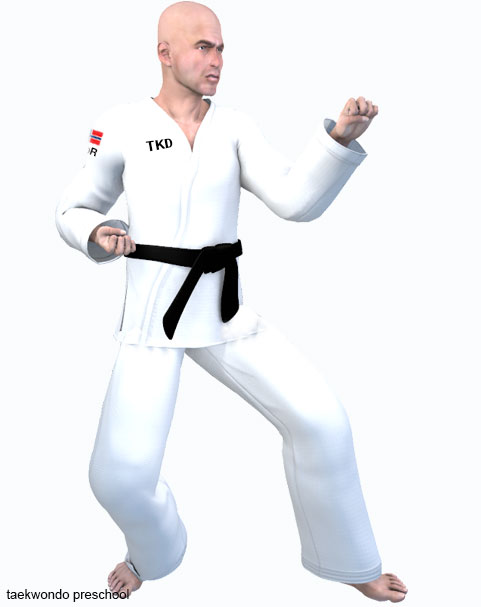Taekwondo 태권도Taekwondo Preschool
Promotion from one geup to the next can proceed rapidly in some schools, since schools often allow geup promotions every two, three, or four months. Students of geup rank learn the most basic techniques first, and then move on to more advanced techniques as they approach first dan. Many of the older and more traditional schools often take longer to allow students to test for higher ranks than newer, more contemporary schools, as they may not have the required testing intervals. View Taekwondo belt levels »

Taekwondo School Rules
Physically, taekwondo develops strength, speed, balance, flexibility, and stamina. An example of the union of mental and physical discipline is the breaking of wooden boards, bricks or tiles, which requires both physical mastery of the technique and the concentration to focus one's power.
There are certain rules that need to be followed to show respect to other practitioners and to the martial arts. They vary between schools but many have similar rules and guidelines.
- When entering or leaving the dojang, students should bow to the flag and your instructors.
- Students should always bow to their instructors before speaking to them and address them with respectful words such as "Yes Sir" or "No Sir"
- Advanced students need to show a good example to junior belts
- Students should respect senior and junior belts regardless of age or gender
- No chewing gum or eating food in the dojang
- You should cut your finger nails and toe nails short to prevent injuries to yourself and to your partners
- Avoid excess loud conversations or noise
- No fooling around because it may cause injury and show a bad example to others
- No bullying other students or abusing your advanced rankings, show courtesy and integrity
- Your dobok (uniform) must be clean
- Watch your personel hygiene
- Show modesty, do not show off your belt ranking or techniques outside of the school
"When you reach senior belt you are expected to guide the junior belts when they are beginning Taekwondo such as showing by example"
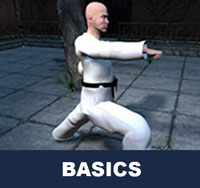
Taekwondo Basics
Here is where you can learn more about Taekwondo 태권도. Knowing the fundamental basics is very important for your learning path as you build your skills and knowledge. There are certain rules that need to be followed to show respect to the master ( 사범님 sabeomnim ), the instructors ( 교사님 gyosannim ), other practitioners and to the martial arts. They vary between schools but many have similar rules and guidelines. For more information View Taekwondo Basics »



